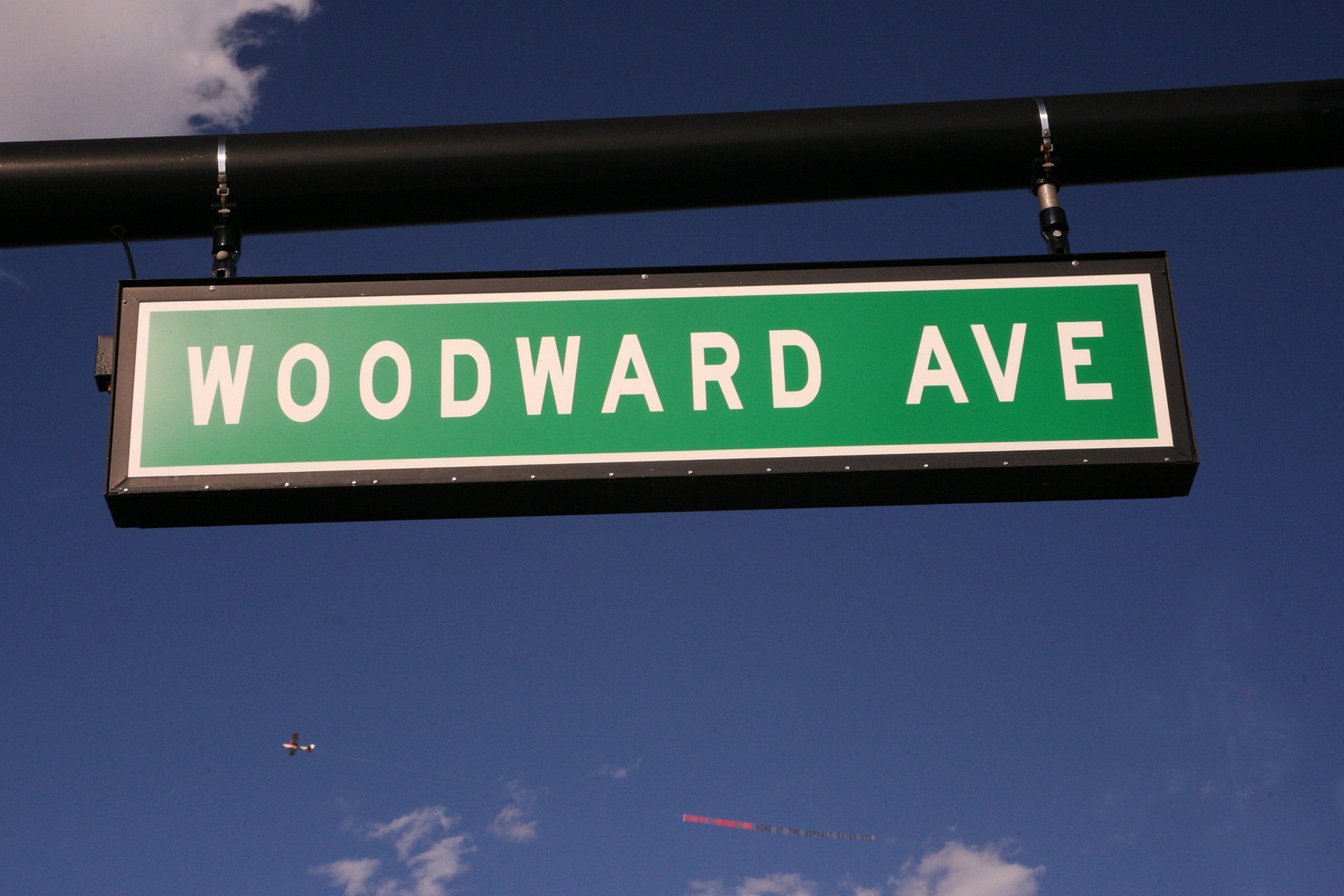Cruising Woodward during the glory years
Cruising Detroit’s Woodward Avenue started long before hemi-head Chryslers and rat-motored Chevys prowled the boulevard. Local historians and family stories recount the antics of daring 19th-century drivers who would gallop their horse-drawn buggies down Woodward to settle bets or win a young girl’s affection.
As fuel for Woodward’s races shifted from oats to octane, Woodward changed, too. Anyone with a few gray hairs knows that time marches on, a truth that Woodward exemplifies more than most thoroughfares.
During the 1950s and ’60s, Detroit’s suburbs were growing. Long established as a main route to points northwest of Detroit, expansion happened easily along Woodward and the “Mile Road” crossings between downtown Detroit and the city of Pontiac. Success of The Big Three, their suppliers and the auto workers provided the cubic dollars to fund the push into the ’burbs. Multiple-car families were becoming common. The underground culture of hot rodding had taken hold and car clubs with names like the Drag-Ons and Ramchargers formed.
Seeing an opportunity to service the increasingly auto-centric culture, independent businesses set up shop. Back then nobody knew that places like Ted’s or the Wigwam would become enshrined in the country’s car culture; they were just places to see your friends.
Imagine yourself as one of the cruisers: Conjure the sensations of a warm Michigan late-summer evening. You’d tell your parents that you were heading out for a burger. “Enjoy Jack Paar and don’t wait up,” you’d say as the screen door slammed. The cicadas would sound noisy in the trees as you walked to the car.
Pumping the accelerator a couple times, you’d key the ignition. The fast idle would settle down as the AM radio warmed up. From one speaker you’d hear Top 40 hits on Detroit’s WKNR or Windsor, Ontario’s CKLW. As last light faded, the night would just be beginning. You’d clear the carbon from the plugs with a burst of wide-open throttle.
Cruising in the 1950s and early 1960s was mostly a local thing; neighborhoods had their own drive-ins. Woodward, however, pulled cruisers from all over southeast Michigan.
The cruisers’ loop ran between Ferndale (the first suburb along Woodward outside of Detroit) and Pontiac. Hedge’s Wigwam and The Totem Pole near 10 Mile Road marked the beginning of the action. The Totem Pole’s kitschy Indian-style neon sign read, “Heap Good Food.” An authentic 16-foot totem pole carved by an Ojibway chief anchored the restaurant.
The drill at most drive-ins was the same; as you whipped in off the street, you’d idle through the lot to check out the crowd. If you wanted to stay, you’d back in so you could keep an eye on the action − only parents and nerds pulled in grill first. In-car service was the norm, expedited by The Totem Pole’s innovative “Teletray” service. An intercom let cruisers place orders from their cars.
Heading north, the next stop could be Richards, Suzie-Q, the Bel-Aire or Big Town, a favorite of Pentastar fans. At places offering curbside service, a flash of the headlights let carhops know you were ready. You had to watch out for “lot cops” or actual cops, for that matter, before flaring the throttle or doing a burnout.
Driving farther north, you’d pass the Vinsetta Garage (recently closed), Hunter House, just north of Maple Road (15-Mile), and a certain Sunoco station that fielded some wickedly fast Mopars.
Ted’s marked the northern-most stop on Woodward at Square Lake Road (19 Mile Road). Because it was on the way to various GM destinations in Pontiac, Ted’s was a favorite of General Motors’ engineers. Cruisers liked the cheap food − a soda and hot dog cost ¢35.
From Ted’s, traffic headed back south, completing the loop.
Of all the original hot spots, only Hunter House remains. Be forewarned that the smell of grilled onions will hang on your clothes today just like it did back then.
While not open during the ’50s and ’60s, Duggan’s Irish Pub is the epicenter of modern cruising on Woodward. The late owner, Larry Payne, himself a Woodward cruiser, collected drive-in memorabilia and recipes for bygone dishes like the famous Big Chief Burger.
If you’re looking for the true taste of Woodward before, during or after the annual Dream Cruise, Duggan’s has it.
Author’s Note: For great reading and the insider’s story on Woodward, check out Woodward Avenue; Cruising the Legendary Strip by Robert Genat. The foreword by journalist Eric Dahlquist is particularly compelling. Published in 2010 by CarTech, Inc. www.cartechbooks.com.


